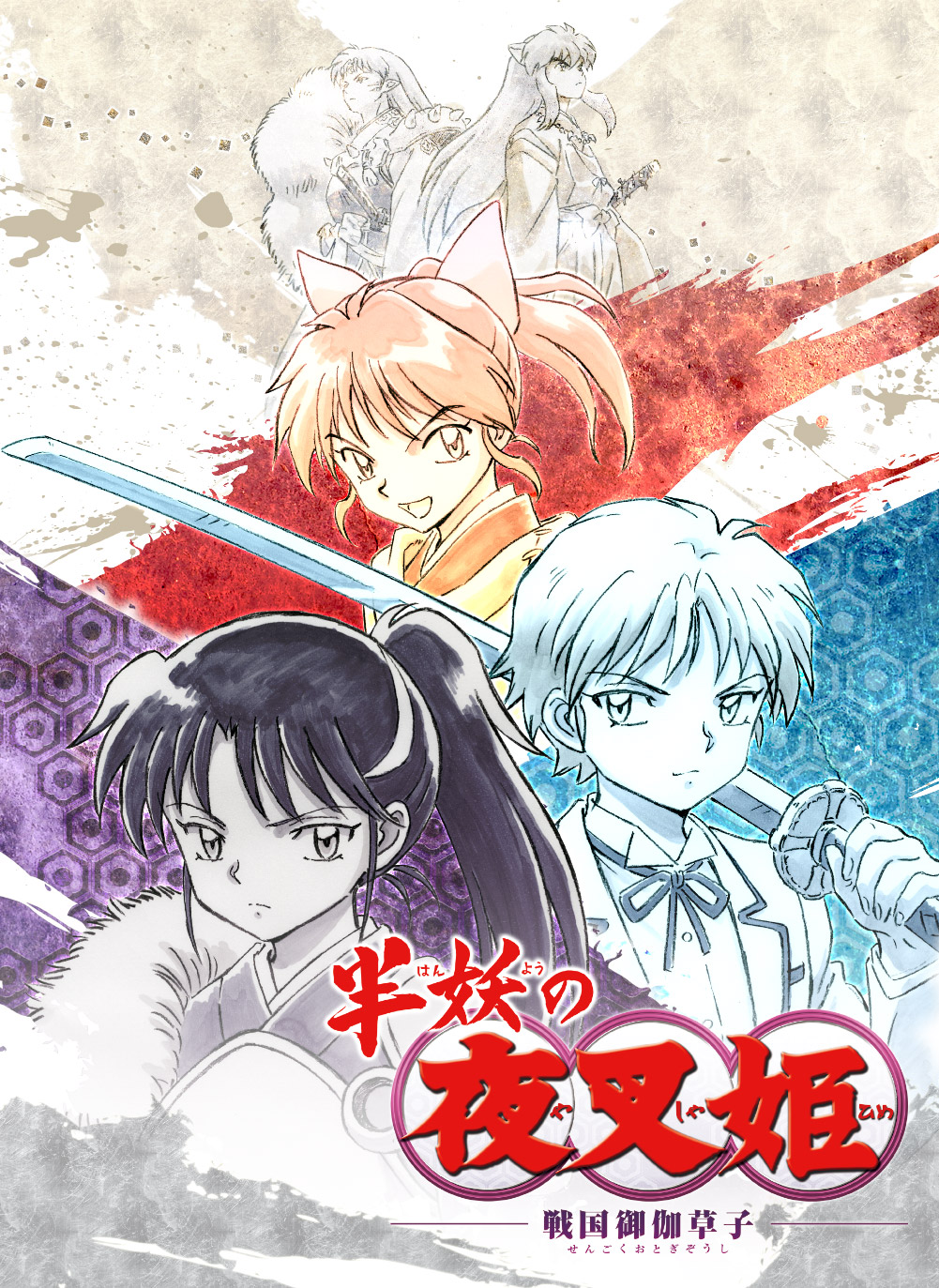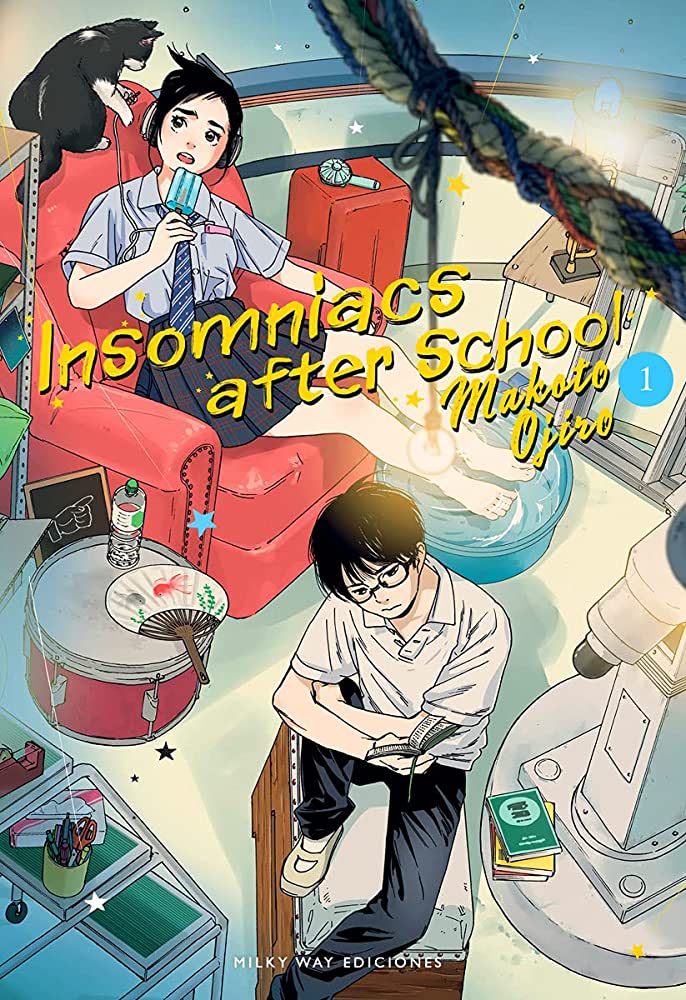For a brief moment in the early 2000s, Rumiko Takashashi’s InuYasha was the shonen franchise in America. It was a constant presence on cable television, where it anchored Cartoon Network’s Adult Swim line-up, and a commercial success for VIZ Media, which issued and re-issued the series in formats ranging from flipped floppies to deluxe, three-in-volumes. By the time InuYasha finished its run in 2008, readers had moved on to other franchises, but InuYasha was an important series for the North American comics market, as it helped reveal an underserved population of teens who weren’t particularly interested in Batman or Captain America, but were interested in reading comics about characters their own age.
InuYasha also demonstrated that teen girls were just as enthusiastic about action, adventure, and horror comics as their male counterparts, especially if the series featured well-rounded female characters. To be sure, plenty of shonen manga included at least one Tough Female Character™, but InuYasha’s three female leads were defined as much by their frustrations, insecurities, and smarts as they were their ass-kicking capabilities. Equally important, Kagome, Sango, and Kikyo weren’t drawn for the male gaze; they were depicted as normal young women, making it easier for teen girls to identify with the characters’ struggles and triumphs.
It seems fitting, then, that the new InuYasha spin-off puts girls front and center. YashaHime: Princess Half-Demon is a “next generation” sequel that focuses on the original characters’ offspring—in this case, the teenage daughters of InuYasha and his big brother Sesshomaru. This time around, however, Sesshomaru’s twins Towa and Setsuna are the leads and InuYasha’s kid Moroha is the brash, impetuous foil to her sterner, more reticent cousins.
The good news is that YashaHime faithfully adheres to the spirit of the original series, with its characteristic mixture of romance, slapstick, horror, and action; anyone worried that the new series might try too hard to differentiate itself from InuYasha will be happy to see that the new show keeps the focus on demon-fighting, quests, and camaraderie. The bad news is that the first episode is so compressed that the new heroines barely make an impression on the viewer, as their introductions are overshadowed by clumsy bits of exposition, cameo appearances by the original series’ main characters, and a showdown between a demon and the old gang.
In an effort to create more continuity between the original series and the sequel, the second episode reveals that Towa was raised by Kagome’s younger brother Sota in present-day Tokyo. Towa’s introductory scenes are so focused on explaining her backstory that her distinctive choice of clothing—a schoolboy’s uniform—initially seems like an afterthought: “better for fighting,” Towa tells us in a voice-over. That detail turns out to be an important clue about how Towa sees herself, as she complains that “girls must be feminine and boys must be masculine,” a distinction that Towa finds as restrictive as the clothes she’s expected to wear. Towa’s gender presentation is addressed in a ham-fisted way—her younger sister pleads with Towa to be more “girly” and “cute”—but the writers’ willingness to address Towa’s fierce rejection of gender binaries suggests that YashaHime may explore some interesting new thematic territory.
The only truly disappointing aspect of YashaHime is the animation, a flaw that’s most evident in its stiffly executed fight scenes. The animators never create a persuasive illusion of people jumping, flying, and running through three-dimensional space; all the characters look like paper cut-outs superimposed on unimaginative backgrounds. The flatness of the imagery is even more obvious when YashaHime and InuYasha are viewed side-by-side, as InuYasha’s softer, more nuanced color palette gave the picture plane more depth and the characters’ bodies more weight. The one bright spot is YashaHime‘s character designs: Moroha, Towa, and Setsuna bear just enough resemblance to their parents to make it easy for the viewer to grasp the father-daughter connection, even though each girl has her own unique look. That attention to detail extends beyond their physical appearance, too, influencing the way they move, talk, and twitch their noses when they catch wind of a demon.
If I sound a little ambivalent about YashaHime, I am: it shows considerable promise, but hasn’t quite escaped the long shadow of its parent series or found the right pacing for the kind of stories it wants to tell. I’m reserving final judgment until the relationships between Towa, Setsuna, and Moroha are more clearly delineated—after all, it was the complex web of feelings and friendships that made InuYasha compelling as much as its demon-of-the-week adventures. Here’s hoping the sequel will embrace that approach, too.
Episodes 1-2 of YashaHime: Princess Half-Demon are currently streaming on Crunchyroll, Funimation, and Hulu. New episodes air on Saturdays.



